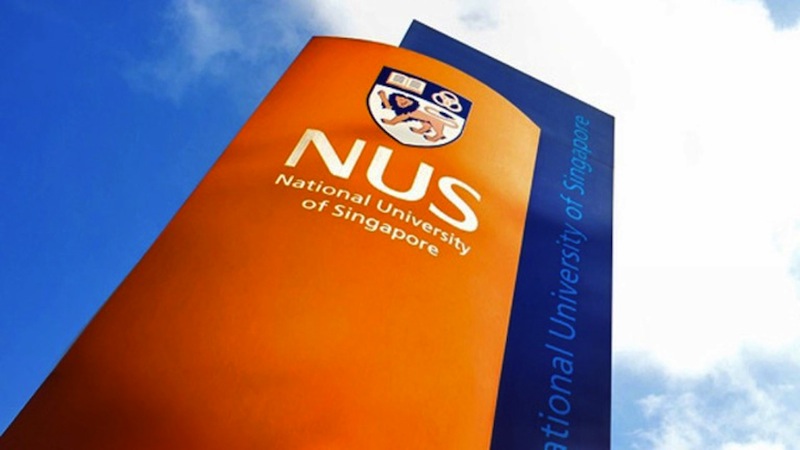SINGAPORE, Feb 27 — The National University of Singapore’s (NUS) Civil & Structural Engineering department has overtaken the University of Cambridge and the University of California at Berkeley to clinch second spot in a global ranking of varsity departments.
It is the highest rank achieved by a local university in the latest QS World University Rankings by Subject, released on Feb 27 by higher education analysts Quacquarelli Symonds. The Massachusetts Institute of Technology (MIT) took top spot for the subject. NUS placed sixth in last year’s rankings.
The Republic’s higher education system has also emerged top in Asia, the QS survey revealed, with 14 university departments here ranked in the global top 10 list — nine from NUS and five from the Nanyang Technological University (NTU).
This is more than the combined totals of China, with four departments on the list, and Hong Kong and Japan, with three departments each.
“No other Asian location has a top-10 university in any subject table,” said QS, a company which provides information on higher education and career choices.
Singapore’s universities are also improving, with 41 of 76 departments here rising in the ranks year-on-year.
“These results come in the context of widespread Asian malaise at the very top, with China, South Korea, Hong Kong, and Japan all regressing”, said QS.
NTU retains rank; SMU breaks into Business Top 50
NTU kept its spot as the world’s third-best university for the study of Material Science. The first and second spot are held by MIT and Stanford University respectively.
And for Business & Management, the Singapore Management University (SMU) reached its highest-ever rank — 41st — breaking into the top 50 for the first time since 2015.
‘Singapore’s Ascendancy’
Ben Sowter, Director of Research at QS, said: “Singapore has long been Asia’s most successful higher education system in our rankings, but there is some evidence that its ascendancy may be beginning to increase further.”
While China, Hong Kong, South Korea, and Japan saw their number of top-10 and top-20 places increase, he noted that Singapore is the only major Asian higher education system to “record consistent improvements”.
“This is driven by the increasing desirability of Singaporean graduates, with the average score achieved by its universities for our Employer Reputation indicator rising this year.”
Sowter also stressed the importance of a nation cultivating a successful system.
“The best higher education sectors are those that serve an entire population — Singapore’s trajectory could see it take a global number-one rank in our subject tables in future years, while its universities have come close to entering the global top-10 in the overall QS World University Rankings,” he said.
He added that these would be “significant milestones” for a “group of universities that remain as ambitious as they are competitive”.
What the rankings looked at
The QS rankings examined higher education performance at more than 1,200 universities from 78 locations, which were then categorised into 48 subject tables and five broad disciplinary tables.
More than 83,000 academics and 42,000 employers were polled, and QS also looked at research data from 150 million citations in 22 million academic papers.
Institutions are assessed on four main indicators: academic reputation, employer reputation, citations per paper, and a H-Index — which assesses faculty researchers’ productivity and impact.
How other universities are doing
• The United States and Britain are the two most dominant study destinations in this year’s ranking, with 28 and 13 number one ranks respectively.
• Harvard University remains the world’s leading university, ranking as the world’s best institution for the study of 12 subjects.
• Harvard’s closest competitor remains MIT (world-leader in 11 subjects)
• Despite the performance by these two universities, the United State’s higher education system is declining relative to competitors — it has six fewer number-one ranks this year compared to last (28, down from 34).
• Chinese universities have taken fewer top-10, top-20 and top-50 places in this year’s rankings, compared to last year.
• Britain has increased its share of number-one and top-ten ranks
• Swiss universities have made noteworthy progress among other competitors in continental Europe. — TODAY






















